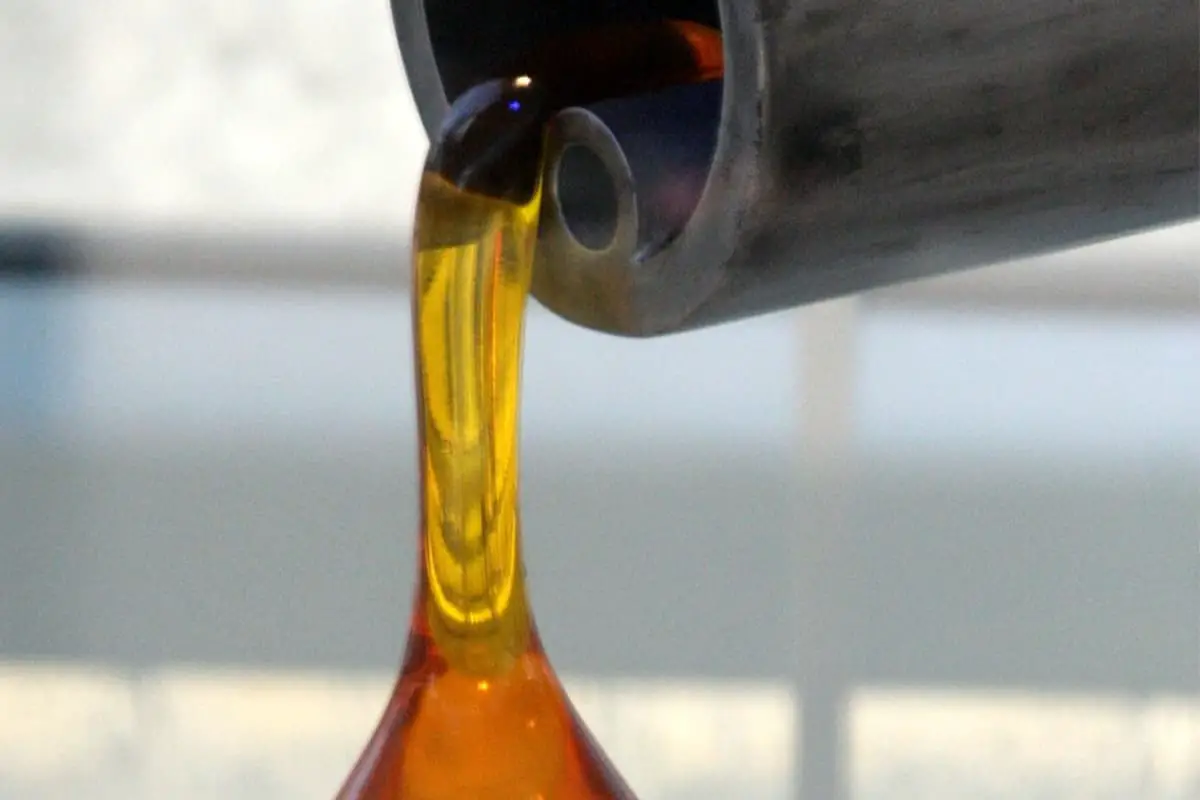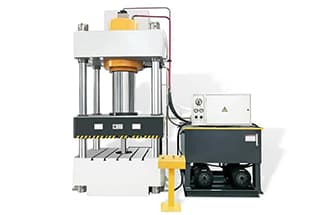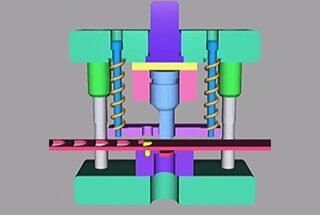
Ever wondered why your stamped metal parts sometimes come out flawed? Choosing the right stamping oil could be the key. This article dives into how to select the best stamping oil for different materials, considering factors like the type of metal, the stamping process, and the desired outcomes. By reading on, you’ll learn how to enhance the quality of your stamped products, extend the lifespan of your equipment, and avoid common pitfalls. Ready to make your manufacturing process smoother and more efficient? Let’s get started.

The application of stamping oil is very extensive, but not every stamping factory will use stamping oil. Some factories, in order to save surface costs, may use waste oil or engine oil for general materials, rarely using professional stamping oil.
In the stamping process, due to the different materials being stamped, the working speed of the stamping machine, the stretch ratio of the workpiece, the shape of the workpiece, and the requirements of the subsequent processes, all these factors determine the type of stamping oil they use.

Therefore, when choosing stamping oil, it is necessary to carefully investigate the following aspects:
To answer these specific questions and understand the customer’s actual situation, you can more accurately choose the appropriate stamping oil.
At present, the stamping industry generally still prefers oil-based stamping oils, and in most cases, the choice of oil-based stamping oil formula still depends on the factory’s usage habits.
So, what specific requirements are there when choosing stamping oil for some common stamping materials and materials?
Based on whether volatilization is required, stamping oil can be simply divided into non-volatile stamping oil and volatile stamping oil.
Volatile stamping oil is especially suitable for high-strength operations such as punching, stamping, threading, and grooving. It is also very suitable for plastic forming processing.
The formula to choose depends on the stamping material, process characteristics, post-processing characteristics, and other requirements.



